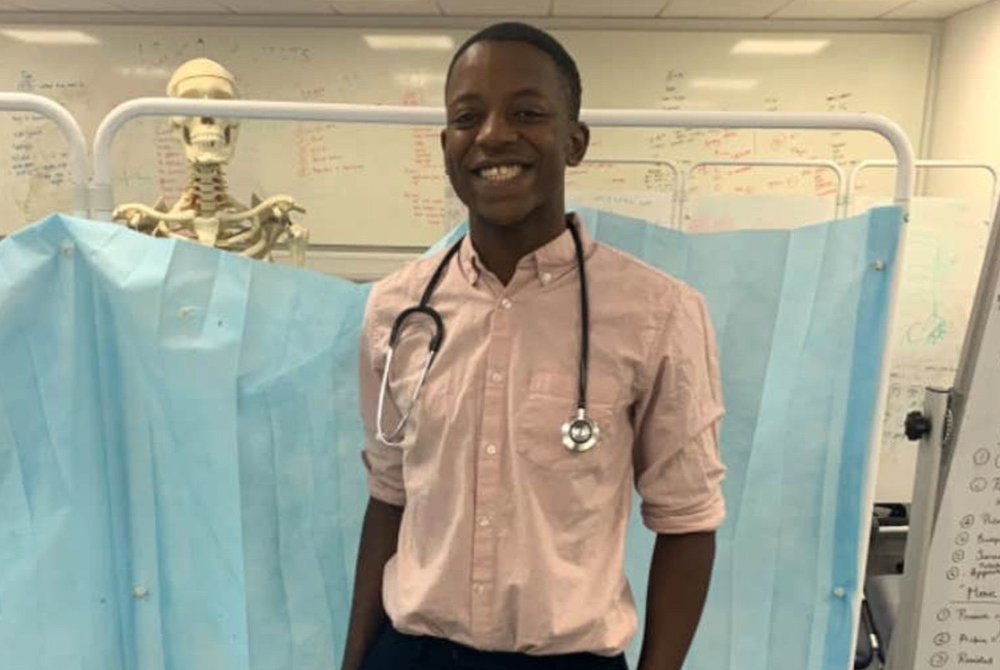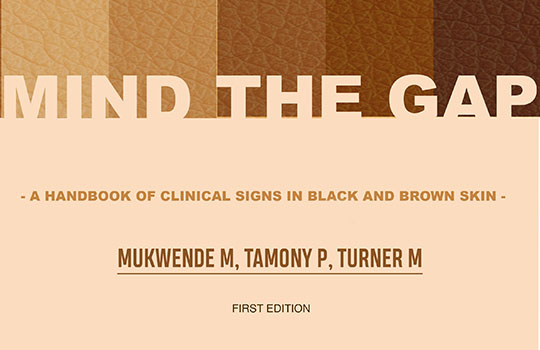Malone Mukwende, a 20-year-old second-year medical student at St. George’s, University of London is publishing a book to answer his question, “but what will it look like on darker skin?” Since his first class he noticed a lack of teaching about darker skin tones, and how certain symptoms appear differently on those who aren’t white. Whether a rash, a bruise, blue lips or other common physical reactions, “it was clear to me that certain symptoms would not present the same on my own skin,” said Mukwende, who was born in Zimbabwe and now lives in London.
As he told the ,,Washington Post, “I knew that this would be a problem for patients of a similar skin tone to mine, or of a darker skin tone in general.” Not only was there an absence of imagery to highlight the difference, but students were not instructed on the correct terminology to describe conditions that appear on darker skin, Mukwende said.

He hatched a plan. “I knew something needed to be done to address this situation,” said Mukwende, who added that he suspects most medical schools worldwide share a similar curriculum gap. “I wanted to create a universal tool.” Mukwende began brainstorming ideas and consulted with staff at the university about his concerns. With Mukwende at the helm, he and a group of lecturers came up with the idea to write a book called “Mind the Gap: A Handbook of Clinical Signs in Black and Brown Skin.”
Once the grant was approved in December 2019, the team of three co-authors began compiling a number of conditions to put in the handbook, including Kawasaki disease – which presents in an obvious red rash on white skin, but is far less conspicuous on darker skin tones – as well as skin cancer, meningitis, jaundice, eczema, psoriasis and even COVID-19, among other conditions. “My hope is that the handbook will become a staple resource in medical settings around the world,” said Mukwende. “I want it to empower medical professionals, so they feel more competent, and so patients can be confident that their doctors understand them.”

The cover of the “Mind The Gap” handbook, written by Malone Mukwende, with two of his lecturers, Peter Tamony and Margot Turner
Powered by WPeMatico


